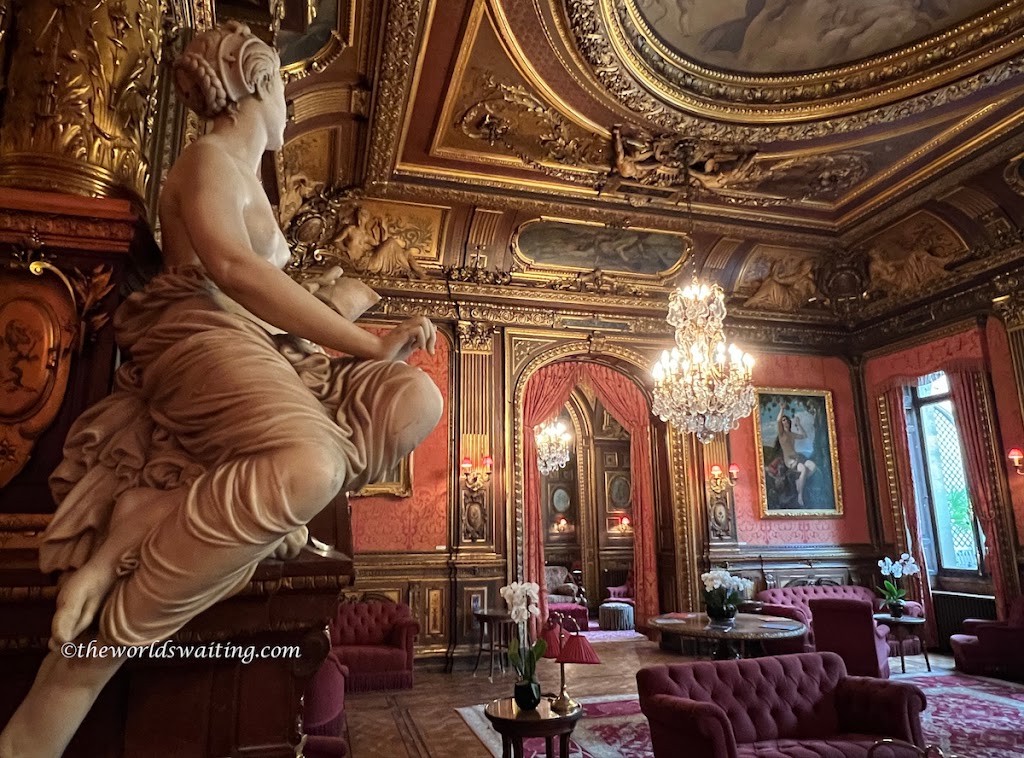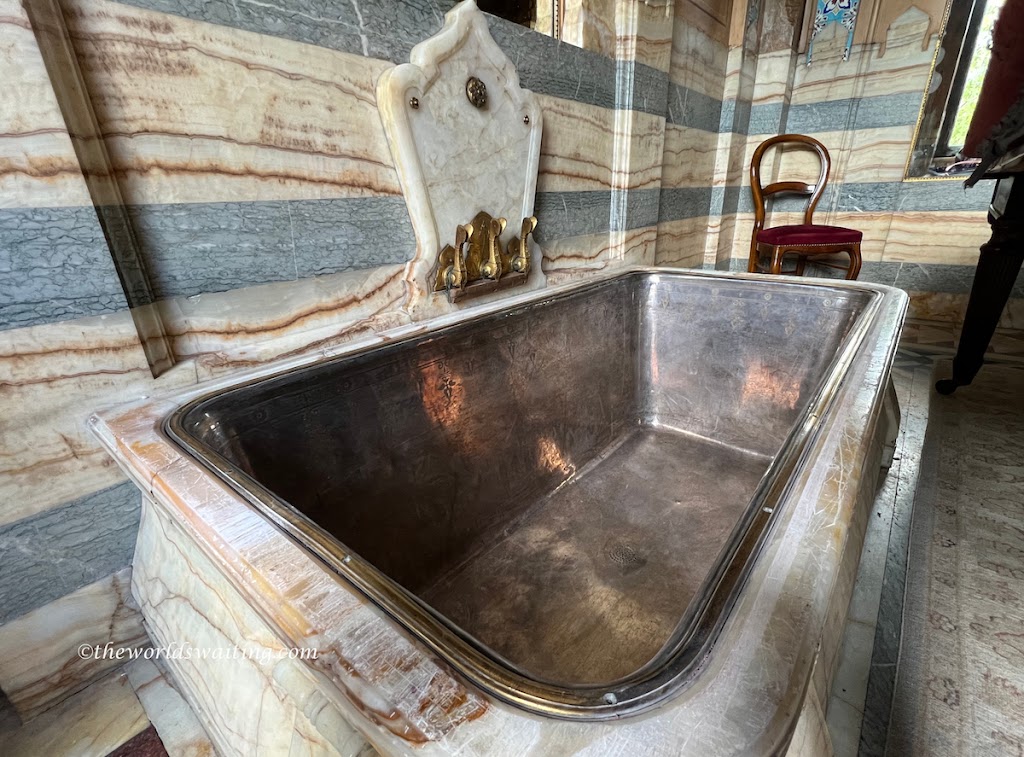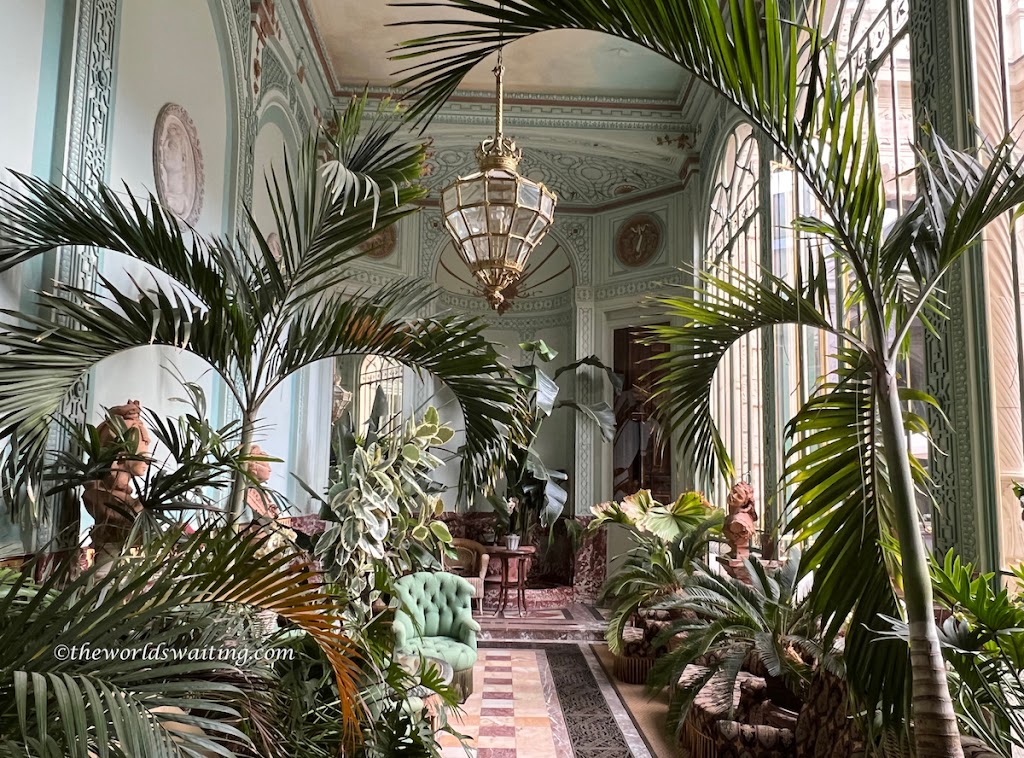
Hotel De La Paiva Brings Versailles to Paris
Have you ever wondered what life in Paris was like during France’s second Republic (1848 – 1852)? Tucked away on the world’s most famous boulevard is a magnificent private house offering visitors an immersive experience of 19th century Paris. But it’s not just any house, Hotel de la Païva was the home of one of Paris’ richest and most famous courtesans, and the story of how she acquired the house, and what she made of it, is quite incredible.
Readers of Zola’s ‘Nana’ and ‘Lady of the Camellias’ by Alexandre Dumas Fils, will be familiar with the more commonplace version of the lives of Paris courtesans in the 1800s. During a period where it was fashionable for men to have a mistress and be seen around town with their ‘trophy’, prostitution was a way of feeding yourself for many women, most of whom suffered terrible health and lived on the edge of poverty.
However, while Esther Lachmann came from humble origins, a few liaisons with some wealthy gentlemen later, she married a rich Portuguese merchant and became the Marquise de la Païva. The following day she sent him packing but kept his name, and a year later she met Prussian magnate, Guido Henckel von Donnersmarck, 10 years her junior and one of the richest men of his time who, upon marrying her, financed the construction of the Hotel de la Païva at 25 Avenue des Champs-Élysées.

Passionate about the arts, La Païva commissioned the best artists and artisans of the period including Auguste Rodin and Paul Baudry, who later went on to work on Paris’ Opera Garnier, to contribute to the design of the house that is so lavish in decoration it is like a mini Versailles. The house boasts exquisitely detailed marquetry and the smoothest patterned Italian marble flooring throughout. The interior decor features several female figures, often displayed in ways suggesting female superiority, such as a female figure with grapes, suggesting Bacchus, with lions at her feet, high above a fireplace supported by two male figures. Other features of note among the general opulence, are a grand yellow onyx staircase, an elegant English garden conservatory, several elaborately decorated reception rooms, and a bathroom decorated with Spanish marquetry and Turkish Iznik ceramic tiles, containing a silver and onyx bath with three taps, the third of which is rumoured to have run with champagne!

Not only a famous courtesan, but also a flamboyant hostess, La Païva was known to many of France’s great literary figures including Gustave Flaubert, Emile Zola, and Théophile Gautier, as well as artist Eugène Delacroix. As a Zola fan, I wandered through the salon rooms, trying to take in all the decoration surrounding me, and couldn’t help but wonder which elements of these surroundings made it into Zola’s work. Perhaps it inspired some of the high living depicted in ‘The Kill’? Nana’s story certainly didn’t end as well as La Païva’s…

The house, it’s story, and that of it’s owner, are all fascinating, as it the fact it has survived so much happening right outside on the Champs Elysees over the years, including the Nazi occupation of Paris, the city’s liberation, and more recently, demonstrations by the gilets jaunes.
These days the building is used by a gentlemen’s club – how ironic is that! Visits are by appointment.




